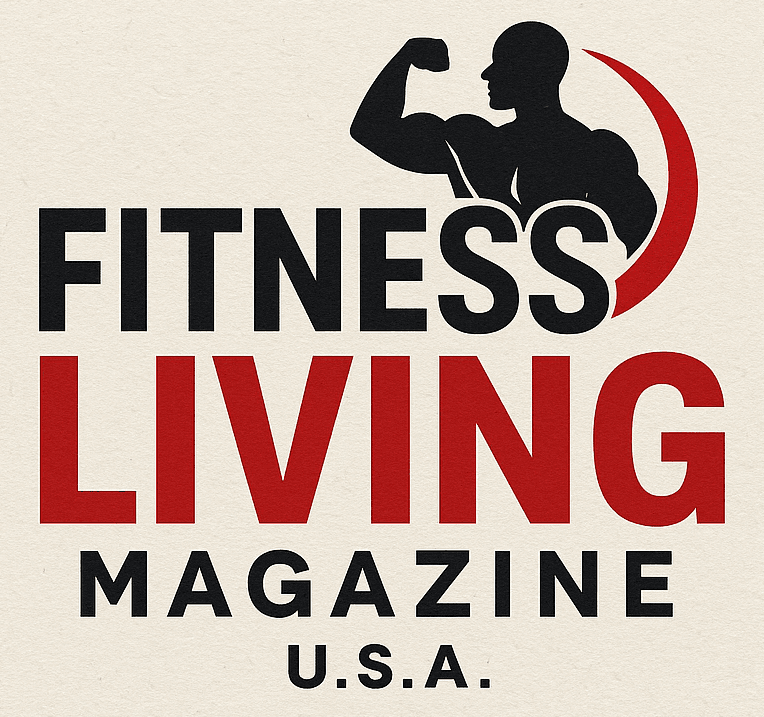
Embracing the Spirit of Sports for All
When my daughter walked onto the soccer field for the first time, her trepidation mirrored that of countless kids stepping into new experiences. The nervous anticipation of trying something unfamiliar can be daunting, whether at the start of a career or engaging in physical activity. Fortunately, her experience transformed quickly as she found a warm and welcoming environment thanks to supportive coaches and teammates, reminding me of the heart of what we stand for here at Nerd Fitness.
In an age where the fitness industry often appears as an exclusive club for the already fit, we believe it's high time to change that narrative. At Nerd Fitness, we aim to cultivate a space where every individual, regardless of background or ability, feels empowered to pursue their fitness journey. We're thrilled to join in sponsoring my daughter’s local recreational soccer league this fall—a decision rooted not just in community involvement but in our belief that fitness should feel like play.
Why Inclusivity in Youth Sports Matters
The recent discussions around inclusive sports programs underscore their critical role in fostering a sense of belonging among children. According to Fight For Children, inclusivity in youth sports isn’t just beneficial; it’s transformative. Children gain crucial life skills, self-esteem, and social connections that contribute to their well-being. No matter their abilities or prior experiences, each child deserves a chance to learn and grow in an environment that values them.
Programs that accommodate various needs, including those for children with disabilities, promote an even more diverse sporting community. When every child plays together—no matter their physical or mental challenges—we initiate lifelong friendships and lessons that transcend the field.
Building Connections Through Team Sports
When children participate in team sports, they're immersed in a culture of teamwork and collaboration. This mirrors the foundation we’re building at Nerd Fitness: a robust, community-oriented environment that champions shared success. We don’t simply advocate for fitness; we advocate for a lifestyle that includes everyone. The excitement my daughter felt after her first practice highlights a critical factor—when children feel involved, they develop a love for the sport that can transcend into lifelong fitness habits.
Positive Reinforcement: The Key to Enjoyment
Reinforcement is vital, as seen with our young athletes. Just as the coaches at my daughter's soccer league encourage success without judgment, we at Nerd Fitness strive for the same environment. Positive reinforcement keeps athletes motivated and allows them to discover some joy in their fitness journey, reiterating that getting a little better every day is the priority—not being the best.
Next Steps: Making an Impact
As we prepare to sponsor the soccer league, we invite gym owners, athletes, and trainers to reflect on how they can contribute to the inclusivity movement within their spaces. Consider fostering an atmosphere where each participant feels valued. Whether through adaptive sports programs, community outreach, or workshops that emphasize team-building and support for diverse needs, there is a roadmap in crafting an accessible fitness experience.
Join the Movement!
At Nerd Fitness, we invite you to explore these discussions and take action alongside us. Our commitment goes beyond mere sponsorship. It’s an earnest call to everyone involved in fitness and sports: let’s make this a welcoming and adaptable space for all. If you’re looking for resources to kickstart your journey or improve your community's approach to fitness inclusively, our FREE Starter Kit may be the perfect starting point. Together, let’s share in the excitement of moving forward, and let’s remind everyone that, whether on the field or gym floor, there’s always a place for them here.
 Add Row
Add Row  Add
Add 



Write A Comment